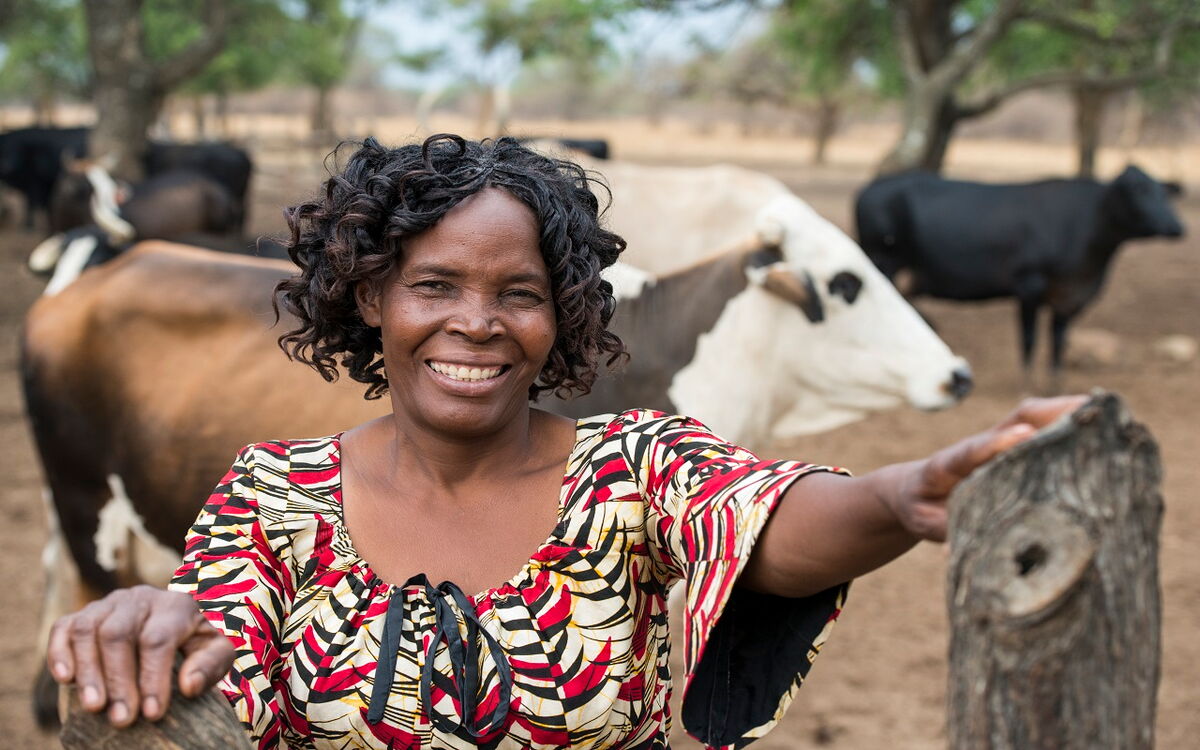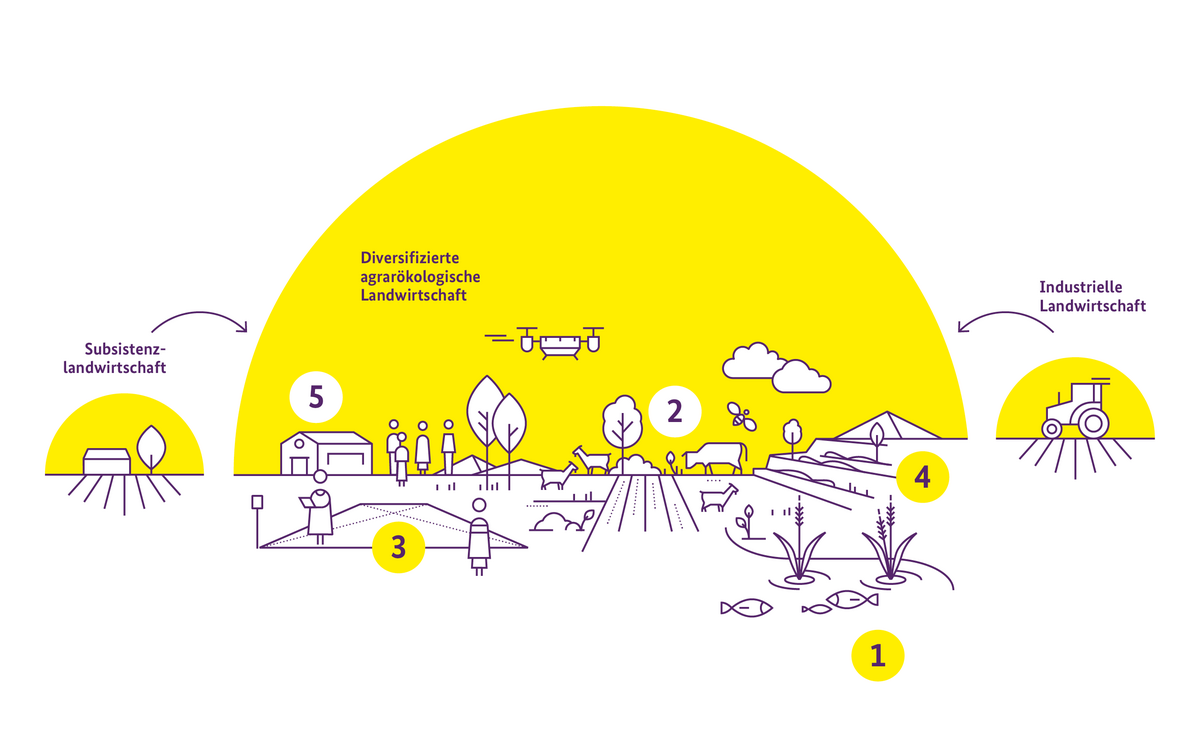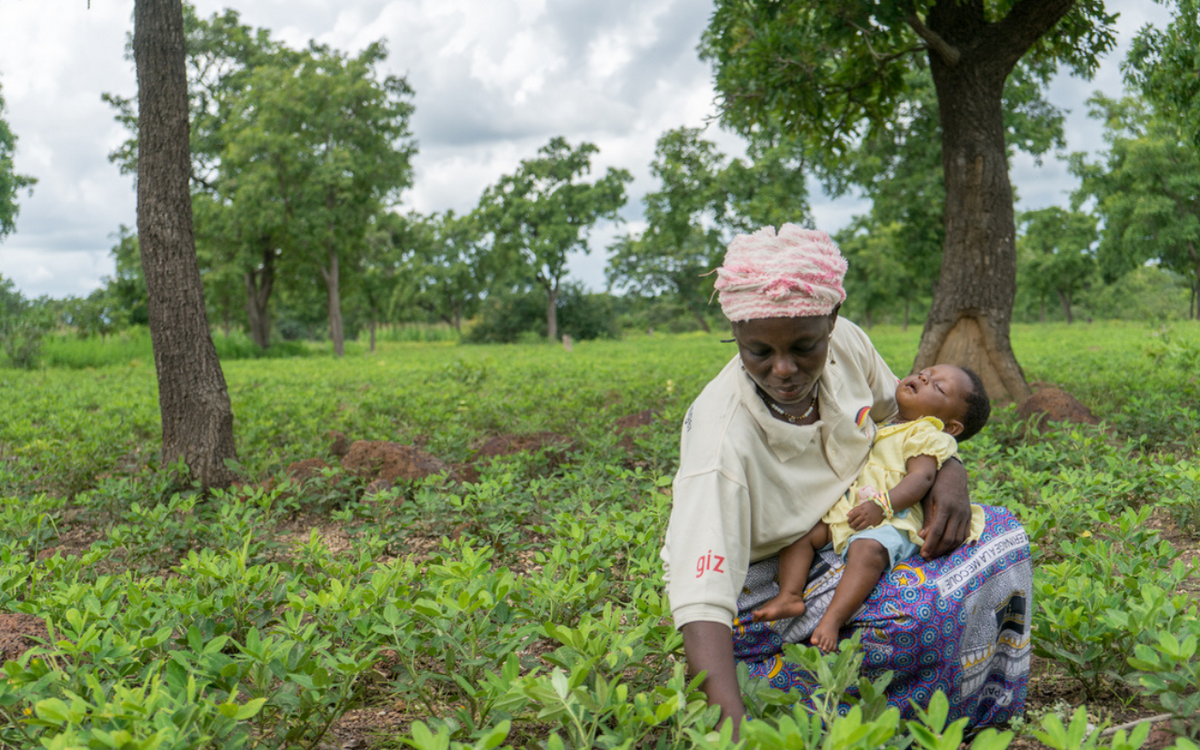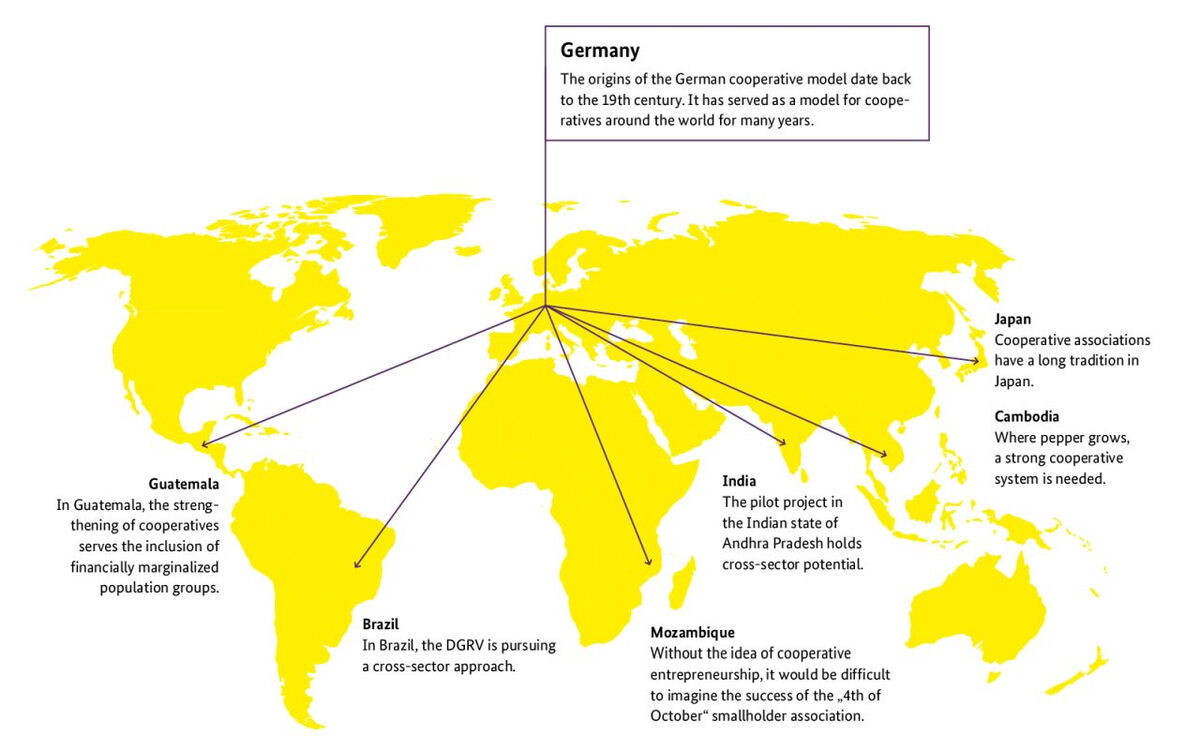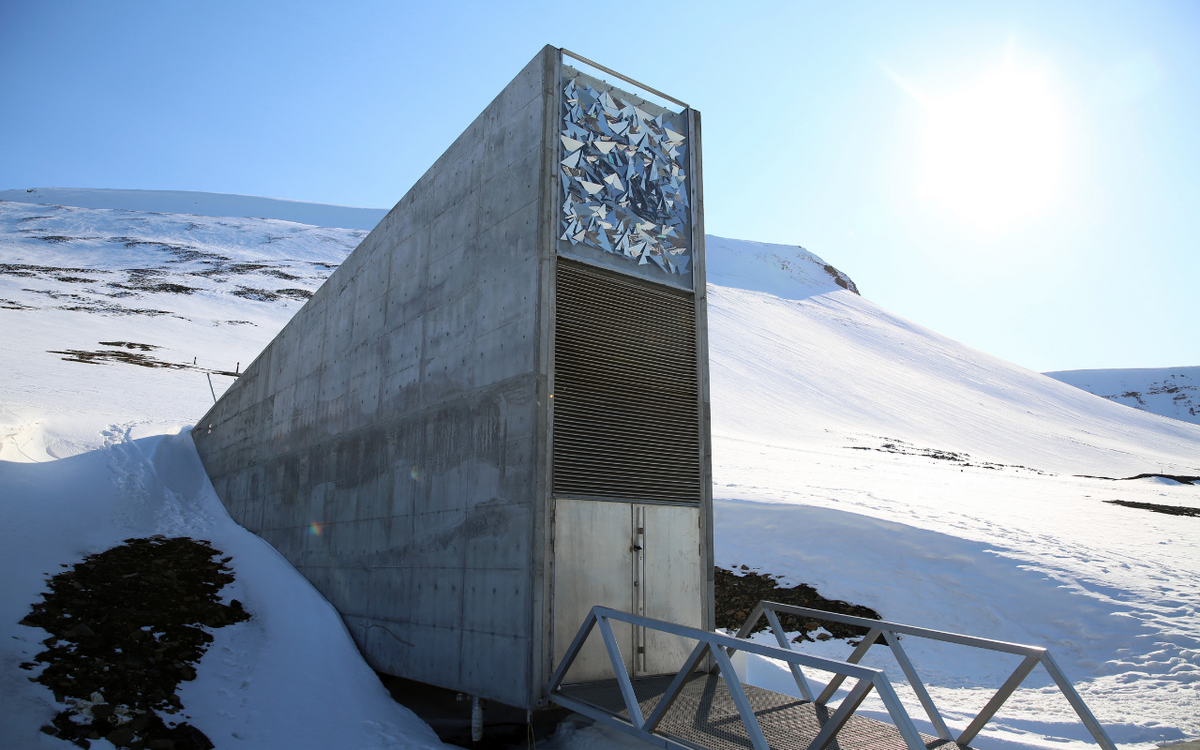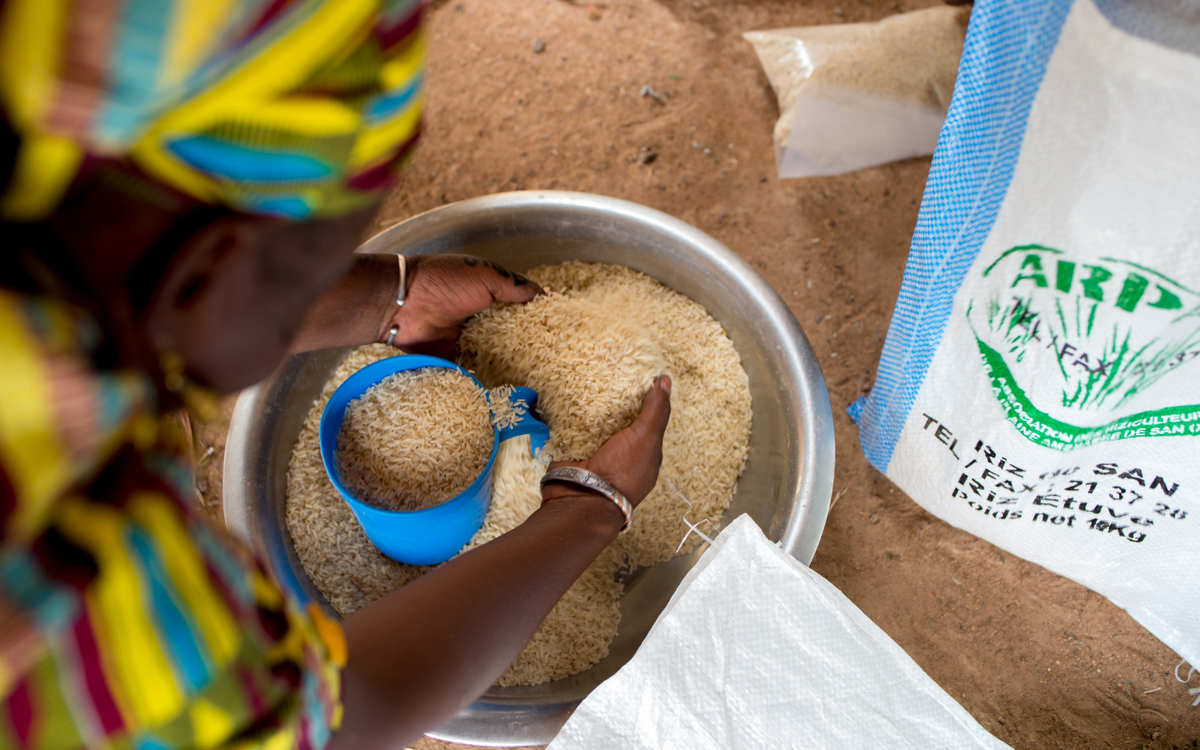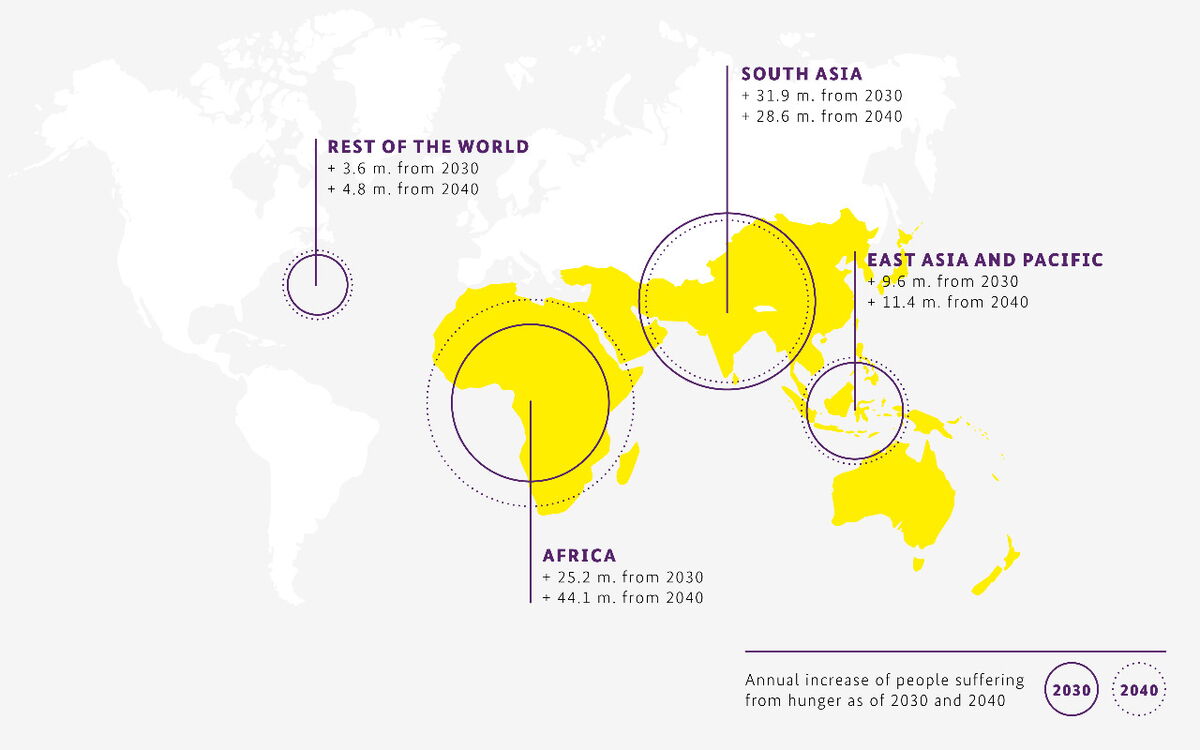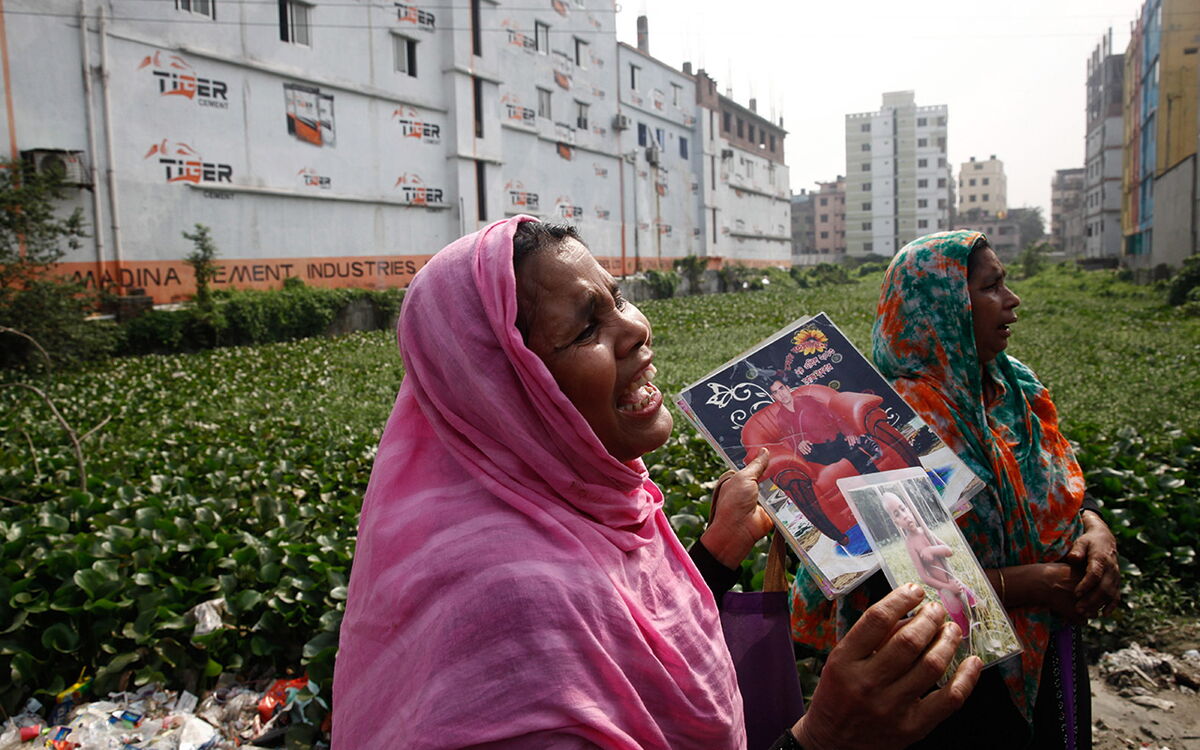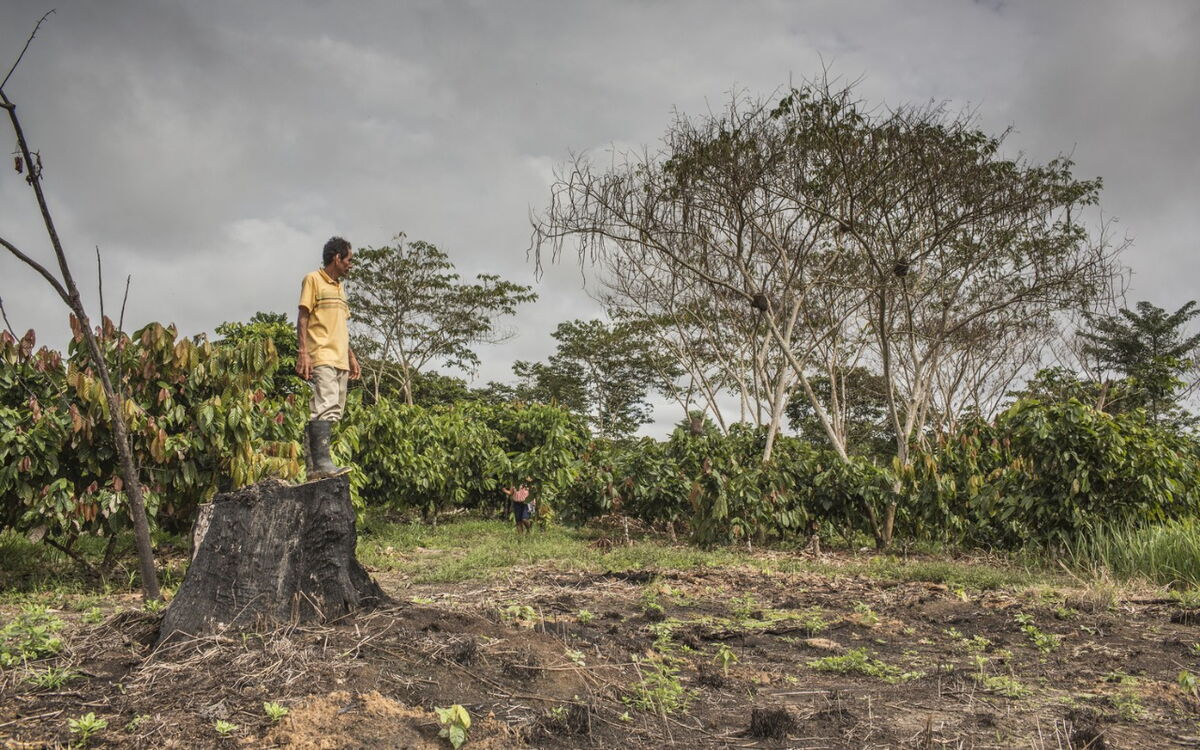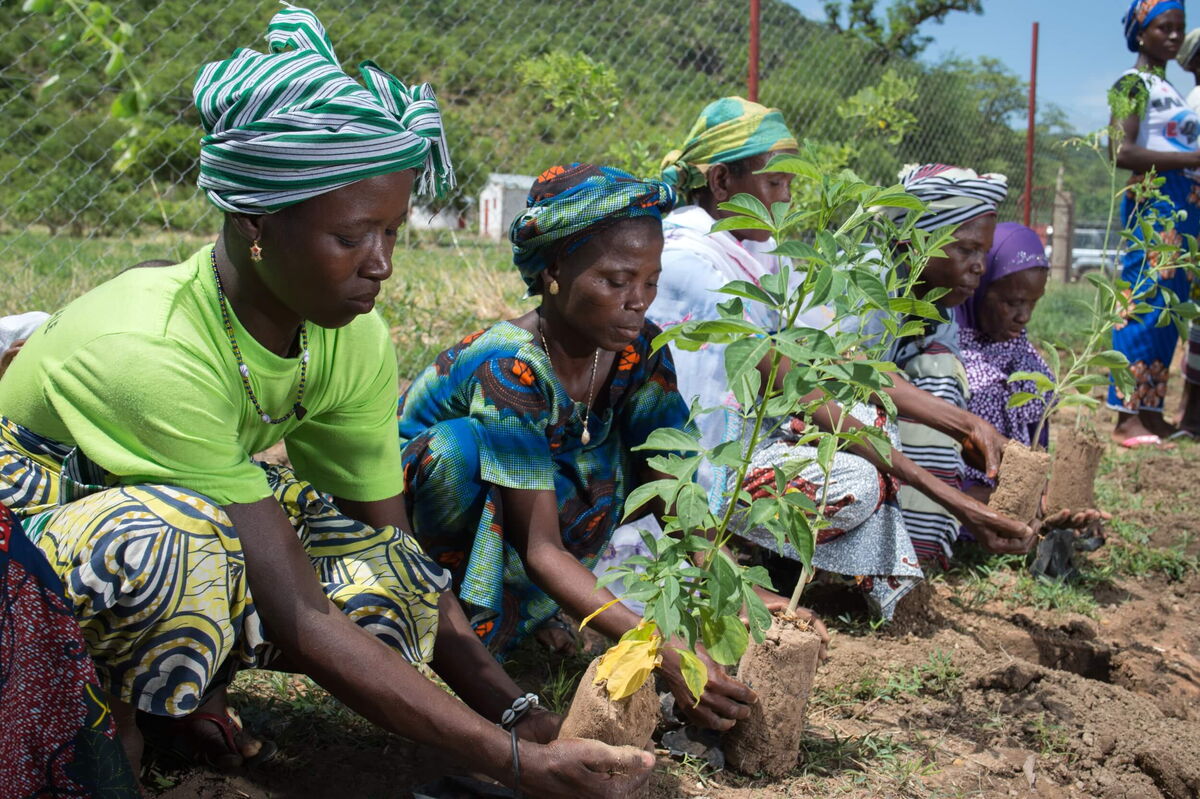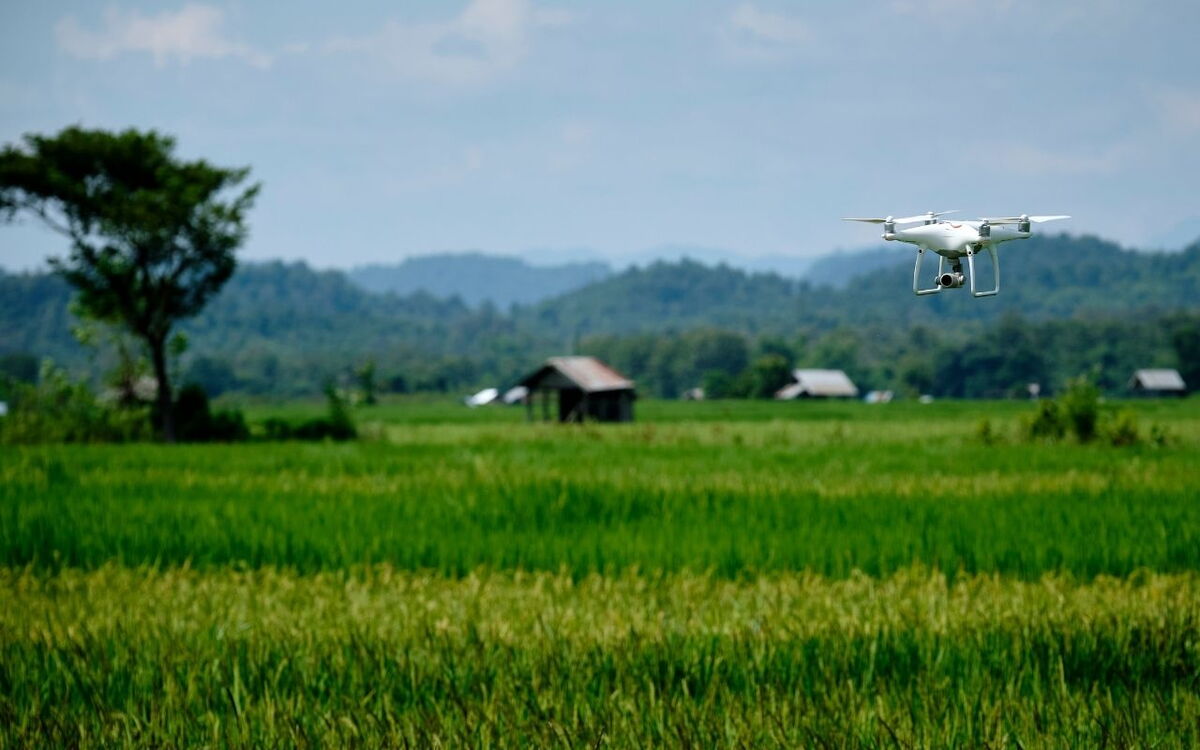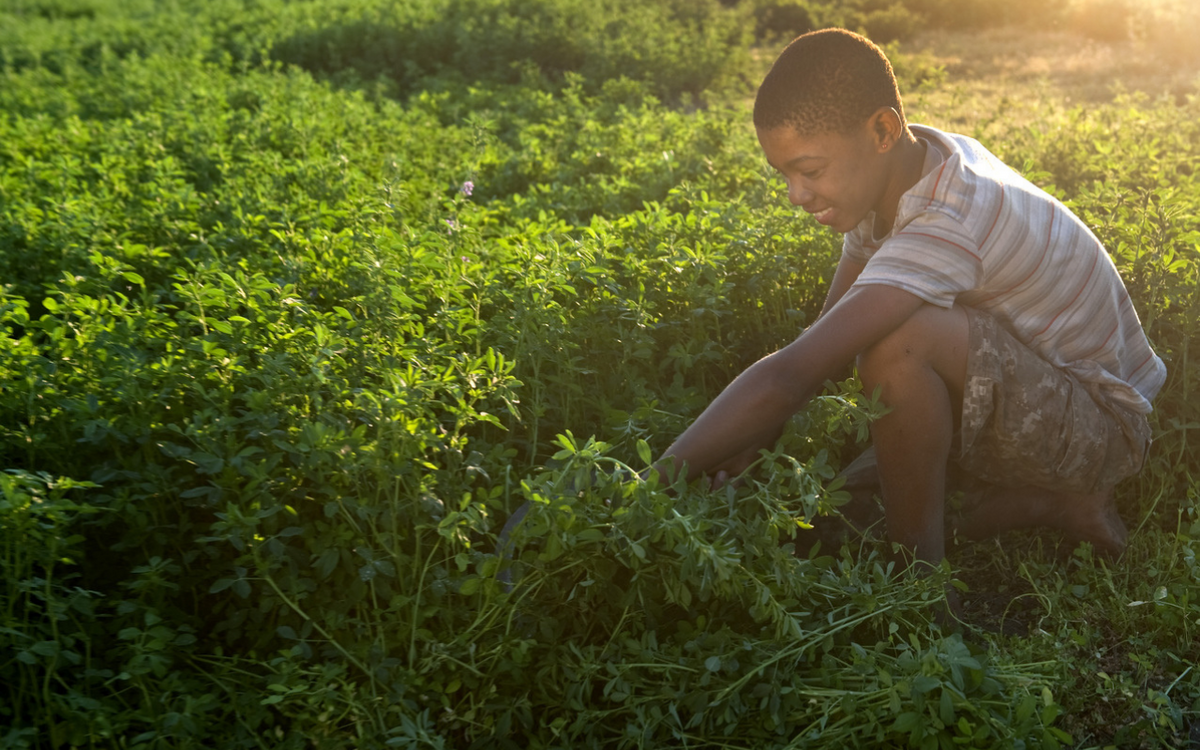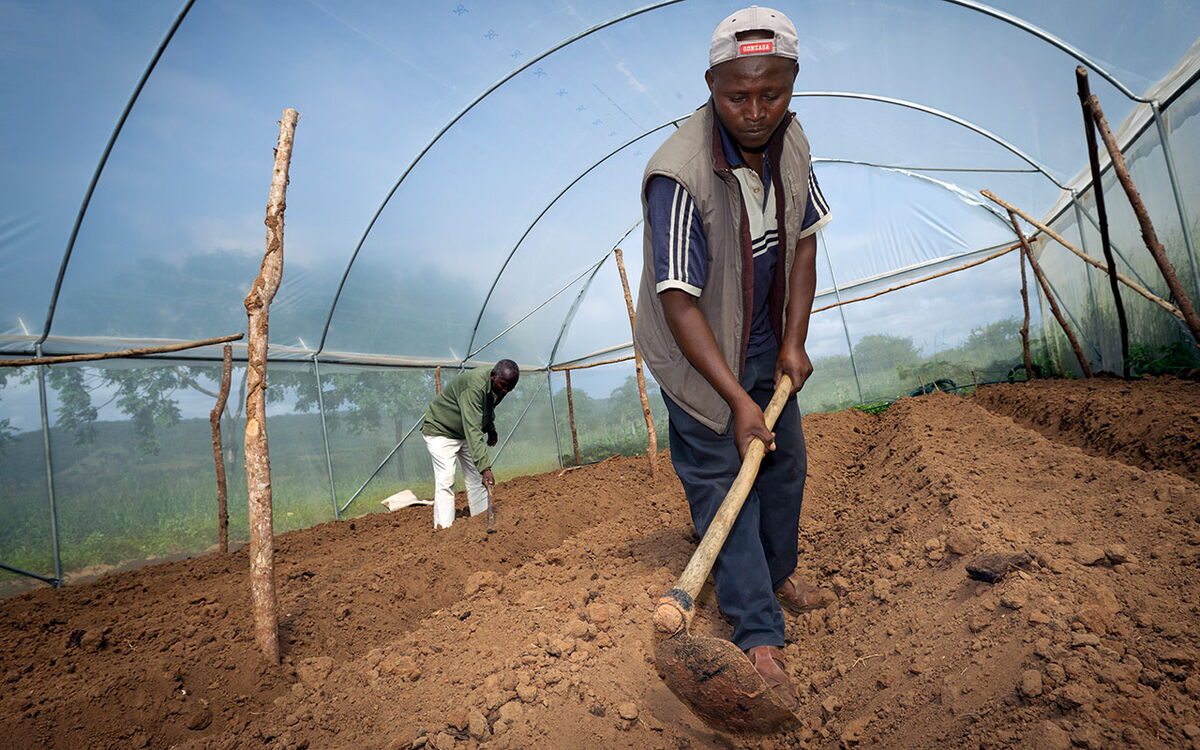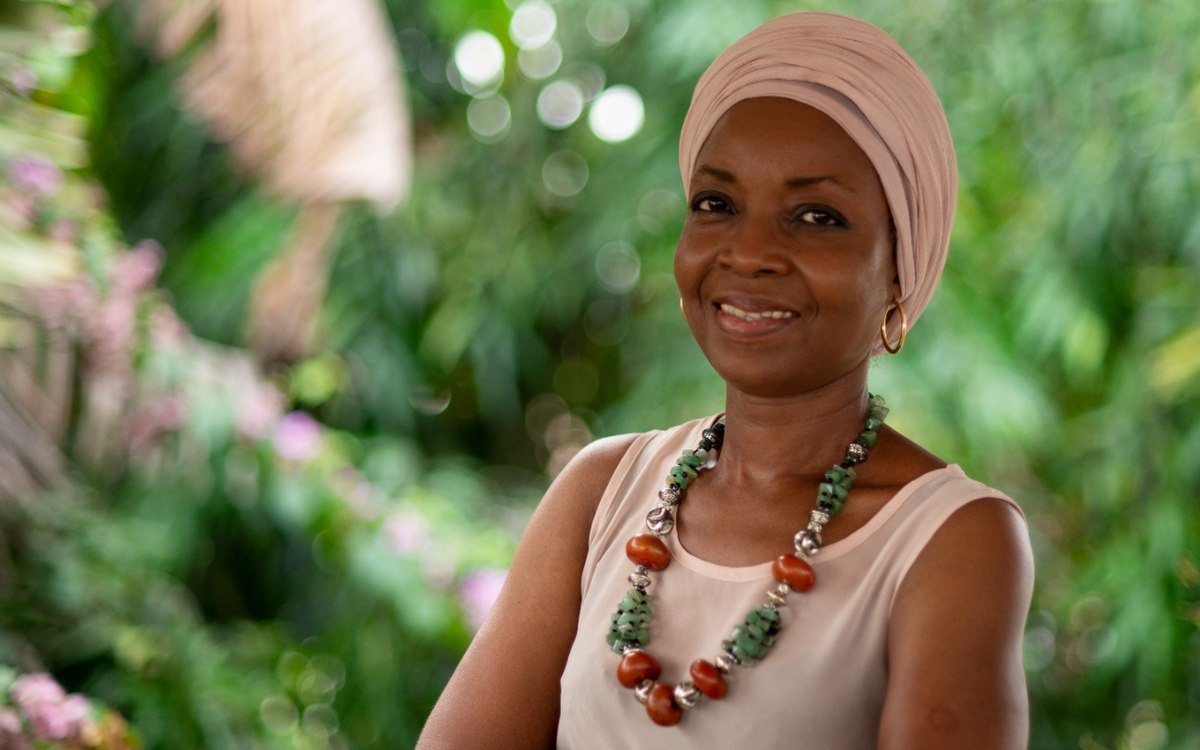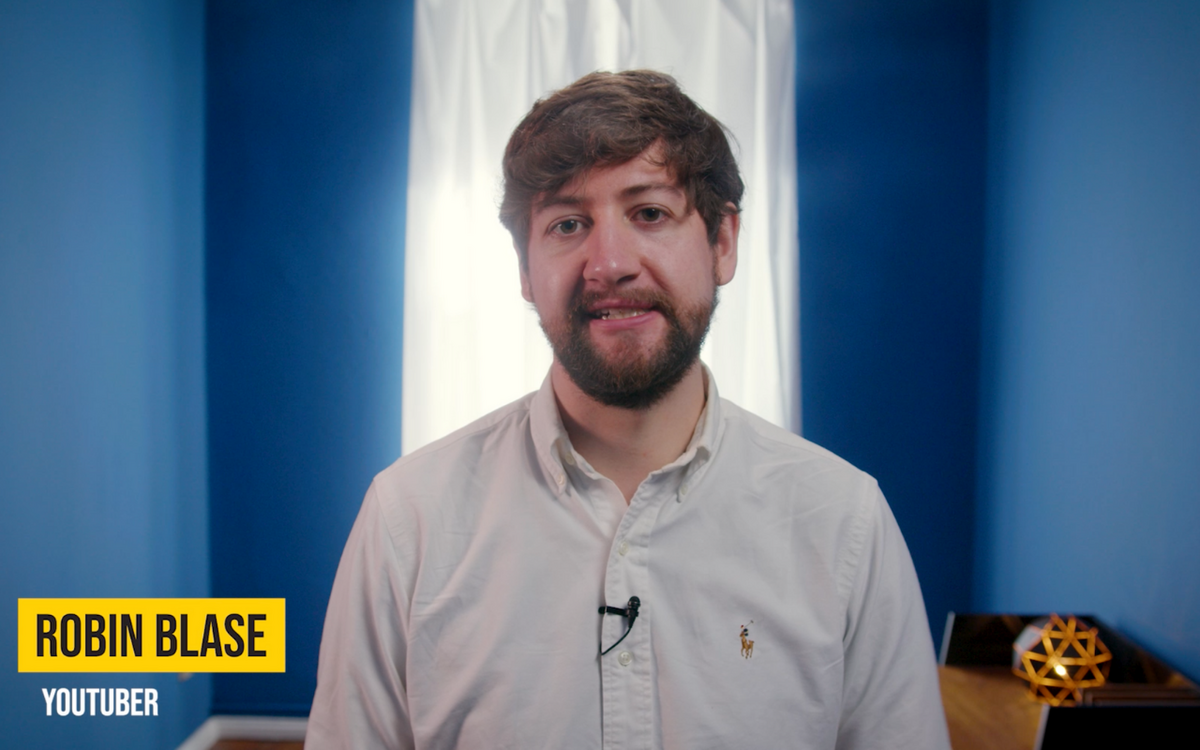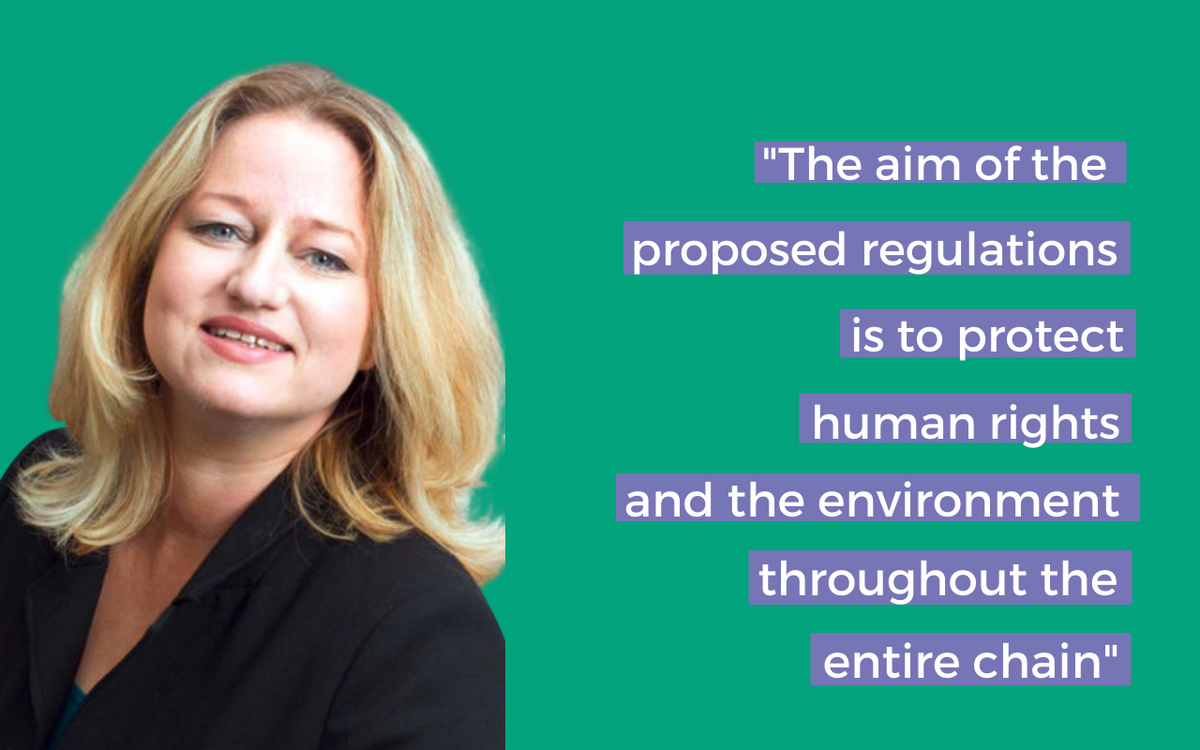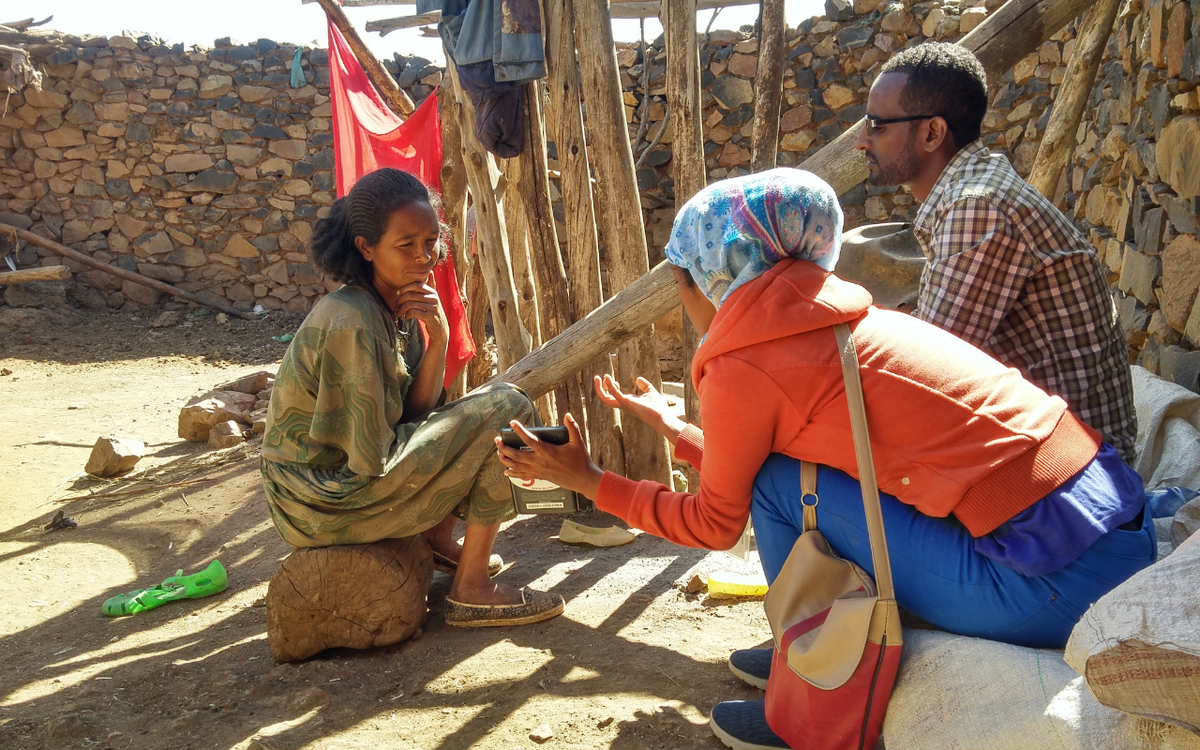Ms Neubert, what is a trilemma? And what can be done about it?
Susanne Neubert demands that climate change, hunger and less nature should be addressed at the same time. The Doctor of Agricultural Economics and Ecologist is co-author of the flagship report "Rethinking Land in the Anthropocene" authored by the German Advisory Council on Global Change.
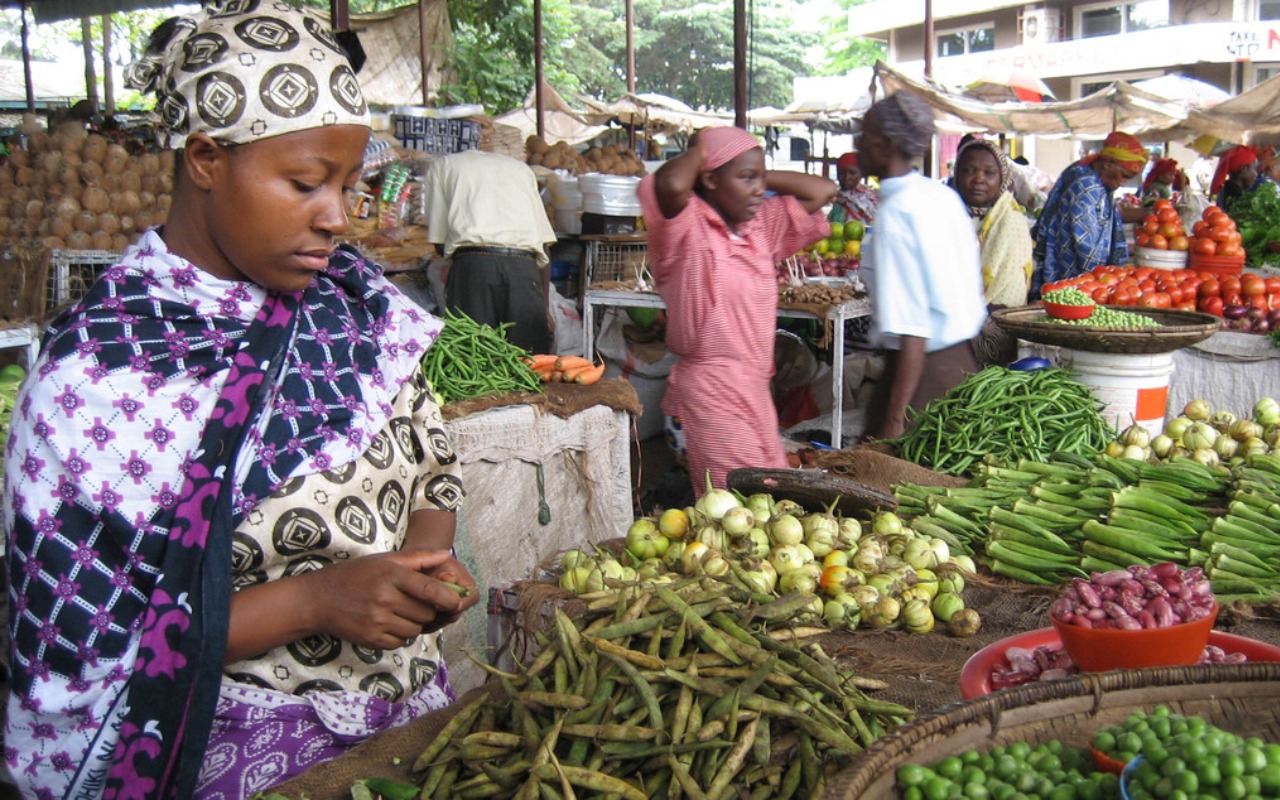
How do the climate crisis, the food crisis and the destruction of biodiversity interlock?
It is a trilemma. We have to address these three crises simultaneously - and not individually. Otherwise, we come to action by solving one at the expense of the other.
Has that been the case so far?
Yes, in several cases. The report of the Intergovernmental Panel on Climate Change (IPCC), for example, ignores possible destruction of biodiversity in its recommendations on CO2 storage, and on the other hand, there are conservationists who want to put 50 percent of all land under protection - which would not be regionally food secure with a growing population. But one also should not only think about food production and totally forget conservation goals or water scarcity at the same time. This trilemma - climate, biodiversity and food crisis - cannot simply be overcome, otherwise it would not be one. But a relaxation between these competitors is feasible. And necessary.
In the report, you suggest multiple benefit strategies in order to reduce the negative consequences of this trilemma. What do they look like?
An example: If there is forest and arable land and it makes sense to preserve both - because of the CO2 storage on the one hand and because of food production on the other - then agroforestry is carried out and different area uses are seen together. Protection and agricultural cultivation of land can also be integrated on most nature reserves. Sustainable agriculture can preserve genetic resources, and at the same time provide food for the local population. Such approaches are multi-benefit strategies, i.e. they help all dimensions of the trilemma to a greater or lesser extent.
The view should therefore be widened and blinkered thinking should be avoided. Do you then see industrial agriculture and subsistence agriculture in a dead end?
We can understand these two forms of agriculture as a contrasting pair. The more industrial agriculture decouples itself from the local nutrient cycle, the less efficient it becomes: For example, soils in affluent societies around the world (North America, Europe, regions of Asia) are over-fertilized and hence become severely degraded. And on the other hand, we have a resource-poor smallholder agriculture, especially in many African countries, but also in some places in India and other countries in South Asia, which uses far too little fertilizer, be it organic manure or inorganic fertilizer. This lack of nutrient management completely depletes the soil and thus also leads to degradation. Hence, it is also very inefficient, has a low productivity and calls for land conversion in order to raise overall production. In this way biodiversity is also destroyed and emissions are also high due to fire clearing etc.
Through ecological intensification on the one side, including less fertilizer or slurry in areas with industrial agriculture (e.g. in locations in Europe) and on the other side increased manure and fertilizer use and management in areas with subsistence farming, an increase in efficiency can be achieved for both.
What can be done?
If you look at both in a graph, it becomes clear: Through ecological intensification on the one side, including less fertilizer or slurry in areas with industrial agriculture (e.g. in locations in Europe) and on the other side increased manure and fertilizer use and management in areas with subsistence farming, an increase in efficiency can be achieved for both. In addition, the closure of the nutrient cycle by enhancing ecosystem services should be pursued, since they are free of charge.
What does this mean for Europe?
That we have to get away from previous subsidies in the common agricultural policy (CAP), such as land subsidies based on hectarage as well as the subsidization for animal husbandry, which is decoupled from the cultivated land area. By promoting green measures and land-based animal husbandry, where only one to one point five livestock units per hectare are allowed - as in the past, by the way - because the soil and our groundwater simply cannot take any more. If someone now says why do we need support for farmers at all, I can only say that in all parts of the world agriculture is subsidised, because without such support it is apparently not worthwhile and leads to the rapid death of farmers. This is a big issue that needs to be brought up again separately. So, let’s not touch this point now, but let’s note that - if society is already paying for it - then we need other subsidies in any case that do not destroy nature. And simple rules: By promoting a diversified, i.e. a species-rich agriculture that goes hand in hand with a healthy, also varied diet for the population.
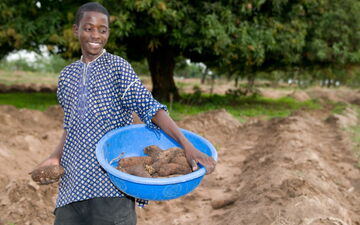
This is at the expense of the yield...
...of course we would have to go down a bit. But we would have a sustainable agriculture that would again showcase landscape qualities. Today, more than 70 percent of our agricultural land in Germany is used for animal husbandry and animal feed production. If we reduce livestock farming, we need less land for it and can cultivate more sustainably instead.
Germans are meat eaters. Where should the meat come from?
We can no longer afford so much meat, because many people today are over- and malnourished and are victims of affluent diseases such as diabetes and obesity. Industrial nutrition is not a healthy diet. So, we have to adapt and eat less meat and reduce our consumption of milk and cheese.
Eating habits cannot be changed so quickly. Meat, sausage, milk and cheese appear so traditional.
It is not so traditionally anchored at all. We learned it that way, and I always said that in the past. In truth, however, our diet has only changed in the direction of this animal product-heavy load within the last 30 years. It is only now that animal products are advertised as if they were waste - especially cheap meat products that are offered below production prices in supermarkets are to be bought in order to be used as a lure for other things such as e.g. “cotton wool pads”. So here it is possible to act at relatively short notice. In order to get the climate crisis under control, we now have to - after waiting so long, change our diet quickly – take less meat and milk, as it was tradition in Germany and Europe not very long time ago.
Globally, we already produce enough calories to feed the world’s population in 2050. But our agriculture is – as we know - too high in emissions and destroys biodiversity.
Such reductions in agricultural yields would not be a problem?
Globally, we already produce enough calories to feed the world’s population in 2050. But our agriculture is – as we know - too high in emissions and destroys biodiversity. If we stopped, we could qualitatively upgrade the current kilocalories by also making other crops and the entire agricultural sector more sustainable. The land problem would also disappear, if we used cereal production directly for human consumption and not so much to feed our animals.
How would a retrofit to an entire ecological agriculture under market economy conditions go - would that pay off?
The subsidies - which already exist today - would only be redirected towards environmental compatibility and biodiversity. There is a long positive list of measures that can be taken, be it root intensification in arable crops (Sustainable Rice Intensification - SRI), the system of Conservation Agriculture (CA), areas with multiple use benefits as Agro-Photovoltaics, Rice-Fish-Azolla-Cropping, agriculture on rewetted peat soils, the so called Regenerative Agriculture, with the goal of carbon sequestration, agroforestry with multi-purpose trees or Permaculture. The list is really long and I’ve only mentioned a few types of farming here.
What about exports of agricultural products from Europe to Africa?
In African countries, the population is still growing in the medium term. Most African countries are already importing food to a rapidly increasing level. What we are supposed to reduce in terms of yields would, conversely, have to increase there in terms of yields and at the same time their stability (resilience) - through various measures, for example through needs-based fertilization, and through organic agriculture. Overall, agriculture should be pursued according to the principles of agro ecology on the basis of a landscape approach. A relevant increase of current mineral fertilization of soils is also necessary, but of cause not to the extent that we have been doing in Europe so far. Especially in semi-arid regions, it is unrealistic not to use any mineral fertilization at all, because biomass, which is necessary for organic fertilization, is systematically scarce there due to the lack of water. In African countries, on average, only a fifteenth of the nutrient quantities are currently fertilized compared to Europe. That can easily be doubled or tripled if the Europeans and other industrialized countries cut back. But it has the desired impacts only, when combined with organic measures such as tree planting or the systematic use of animal manure.
If our food exports to African countries are to stabilized in the medium term - should supra-regional supply chains also be weakened?
We can see now with the Corona pandemic that many people in Africa are starving because of broken supply chains. Of course, exports should be provided if Africans need and want to buy them, but a food security strategy based on such imports on the increasing scale is not advisable. African countries need to be able to feed themselves and in fact roughly triple their productivity. But this will be very difficult, because at present almost the entire increase in production is achieved through land conversion. However, land conversion destroys a lot of natural biodiversity and also produces relevant emissions: This brings us back to the trilemma. What is needed, therefore, is a high-yield, sustainable form of agriculture that – especially in semi arid areas - reconnects crop cultivation and animal husbandry, so that herders and farmers can work together again and thus benefit from each other. Crop farming can benefit from the animal manure and animals from the consumption of the crop residues. Joint land use planning with the help of an integrated landscape approach would thus be active peace-making: today's competitors could work together again and no longer have to fight each other. Such a perspective would thus be again a pronounced multiple -benefit strategy, as envisaged by the WBGU.
Joint land use planning with the help of an integrated landscape approach would thus be active peace-making: today's competitors could work together again and no longer have to fight each other.
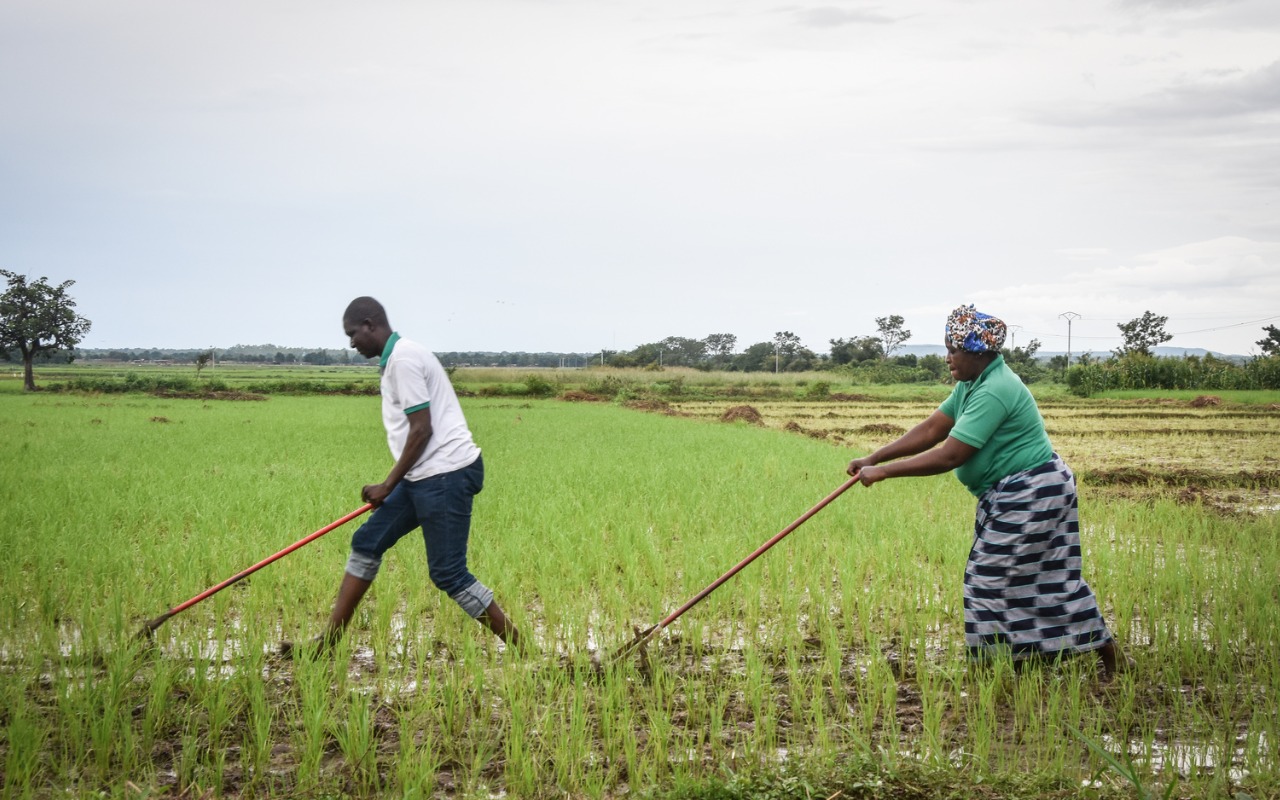
Let’s go back to Germany: the number of farms is decreasing, the countryside is emptying, social cohesion is crumbling. How do we create life perspectives in rural areas?
That is an important question. We can redirect subsidies so that it is also worthwhile for smaller farms to maintain their work, for example by not paying for the sheer number of hectares, as is currently the case. Among other things, rural areas would also have to be made more attractive in terms of cultural and educational opportunities - i.e. not only through a functioning economy. All sectors could be made fit for the future through greatly improved digitalisation, so that other jobs can be created there in addition to agriculture and a variety of professions can be pursued in a rewarding way.
Should the farmers really be told how to manage?
You have to allow freedom, but within a certain corridor - with the incentive to do business ecologically and sustainably. I can imagine that farmers will also have a lot more fulfillment by working in harmony with nature and collaborating with other parts of the population for maintaining attractive landscapes. In the past, farmers actually felt and officially understood themselves as nature and landscape conservationists. Surely it cannot be that today farmers, by using huge quantities of chemicals, are destroying nature with increasing energy and then claiming that they are not the ones doing so. They know that they are doing so! They only do not see the way out of this economic coercion.
Today, more than 70 percent of our agricultural land in Germany is used for animal husbandry and animal feed production. If we reduce livestock farming, we need less land for it and can cultivate more sustainably instead.
...many farmers are not doing very well.
They are under so much competitive pressure that they think they have no choice but to keep doing what they are doing, otherwise they too will have to close the doors. It would also be a liberation for farmers to admit that agriculture is the main destroyer of biodiversity in Germany and in Europe and that they need the support of the society to continue differently.
If you go that way, consumer prices would go up. How do you deal with that?
Prices have to go up. It is not acceptable that a male calf of a single-use dairy cattle costs nine Euros today. That farmers would rather kill their calves than sell them, because they are not worth anything on the market - that is red alert for me. In which farmers can no longer feel comfortable either. I therefore believe that farmers also want to get out of this downward spiral.
And who can’t afford that?
If you’re talking about consumers, then parts of the population, who cannot afford higher prices have to get more the Hartz IV, i.e. compensation elsewhere. For example, 100 Euros more per household - then the money would be for more expensive food. Currently, we spend an average of only 14 percent of our income in Germany on food. That is clearly too little. I have no sympathy for this: If you halve your meat consumption, you have enough money for vegetables. Vegetables are cheaper than meat. This means that everyone has the choice to eat much healthier with the same income and at the same time helps to preserve nature.


